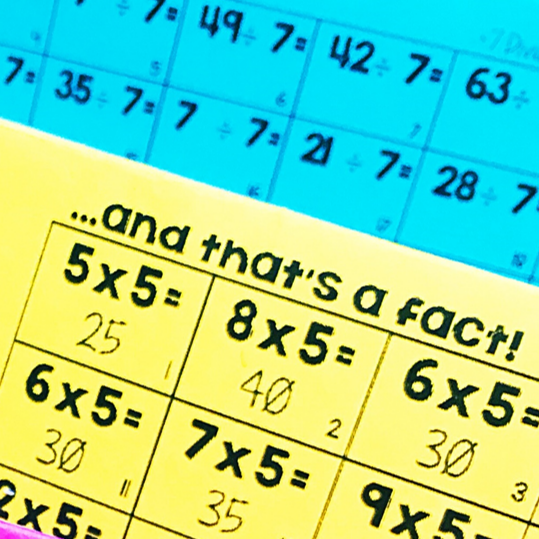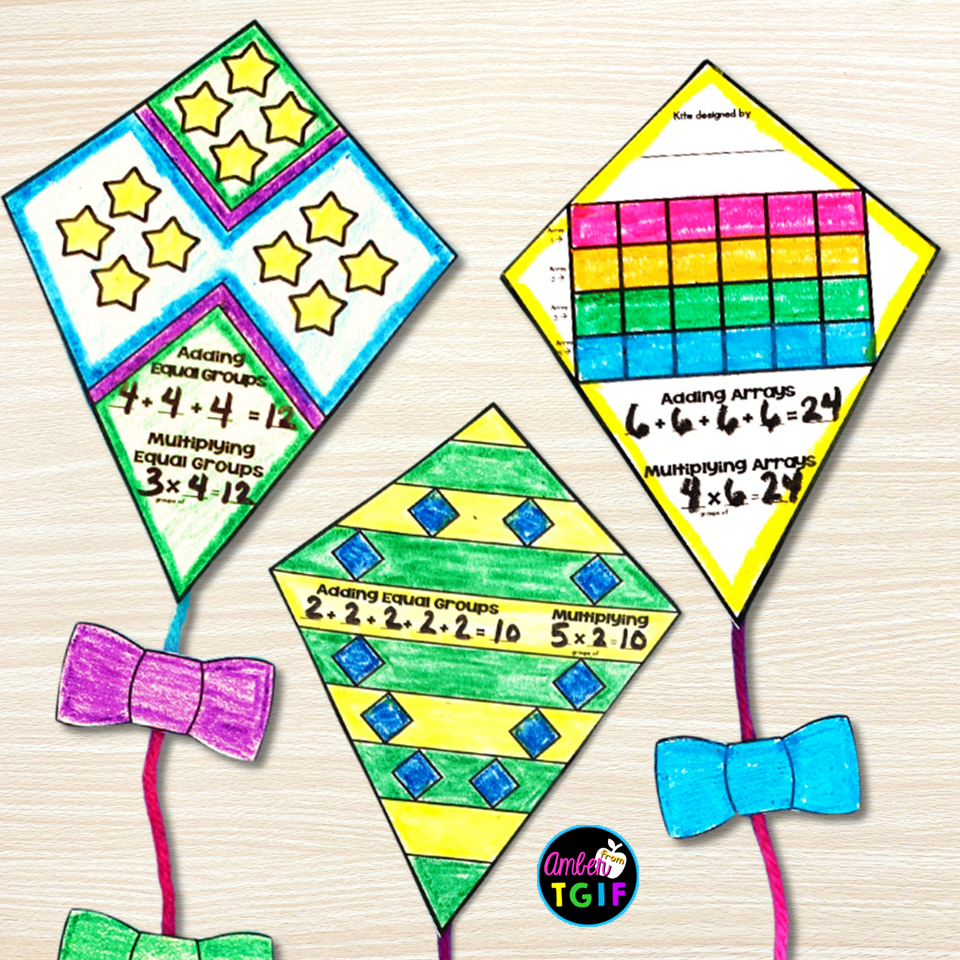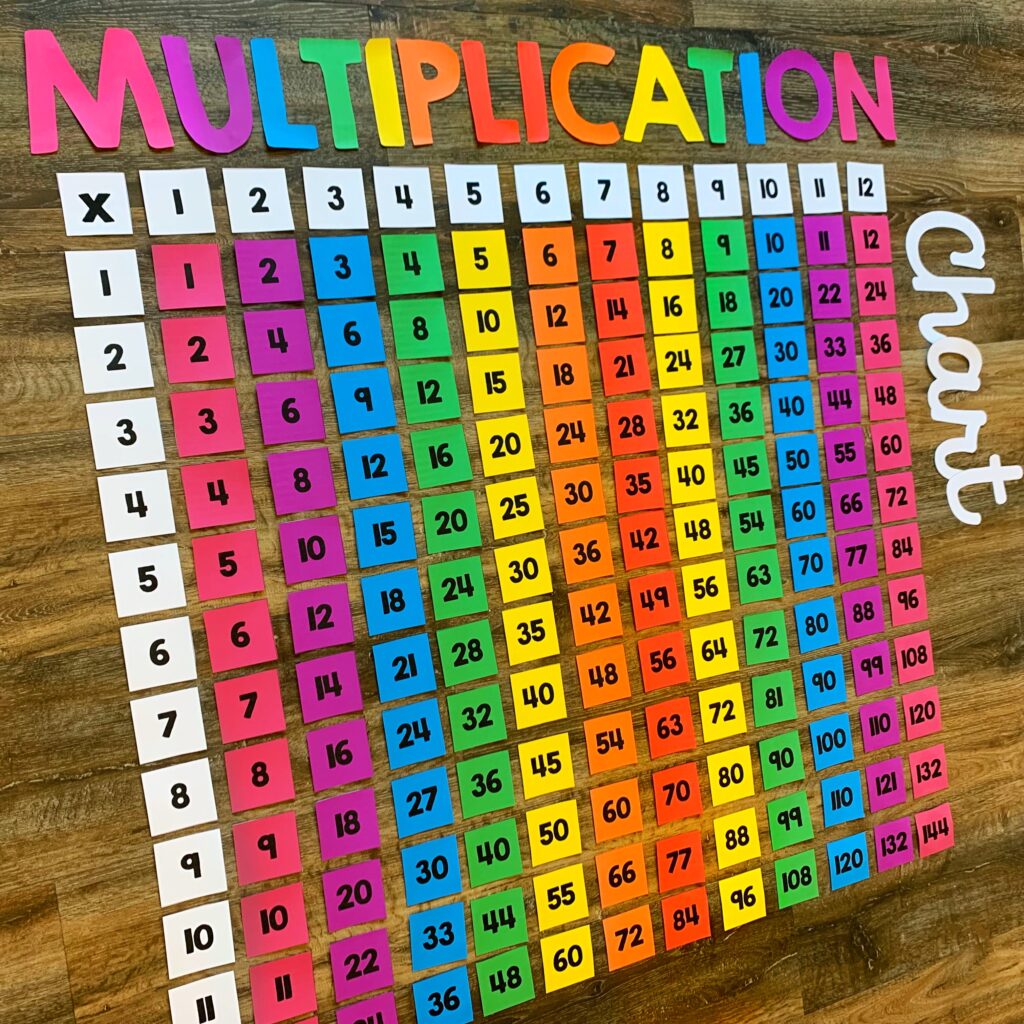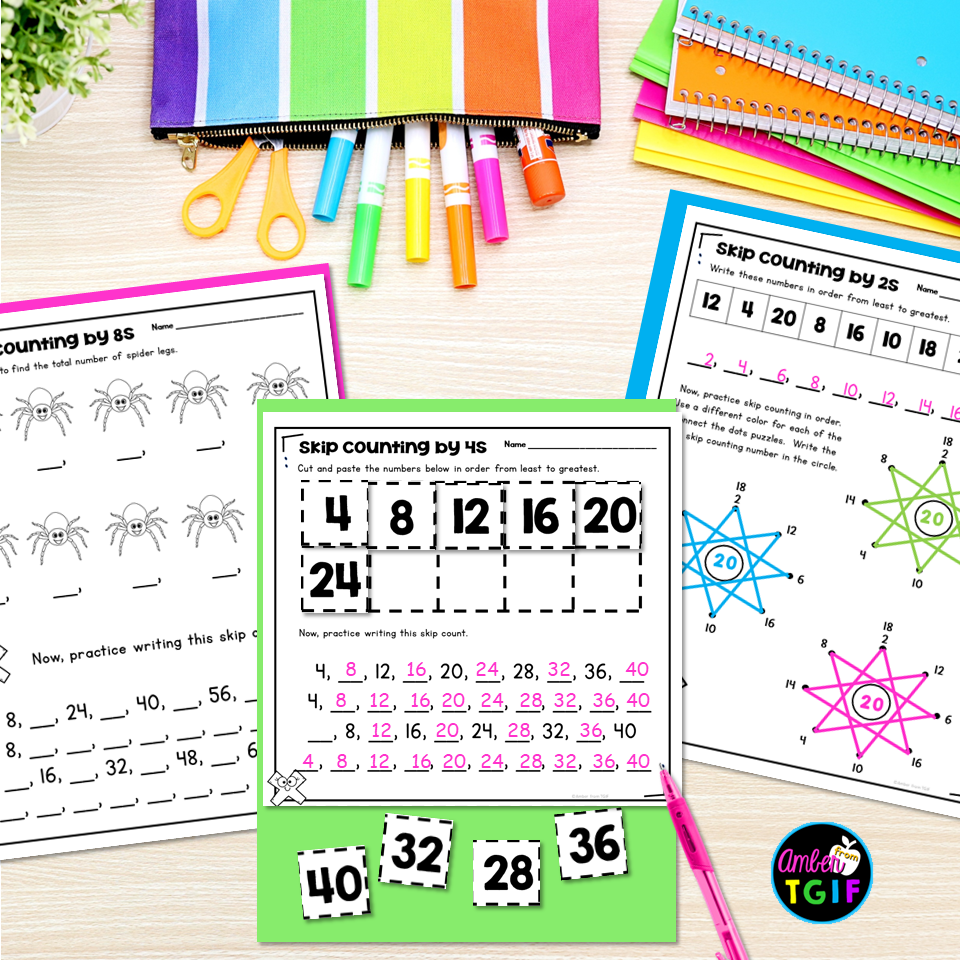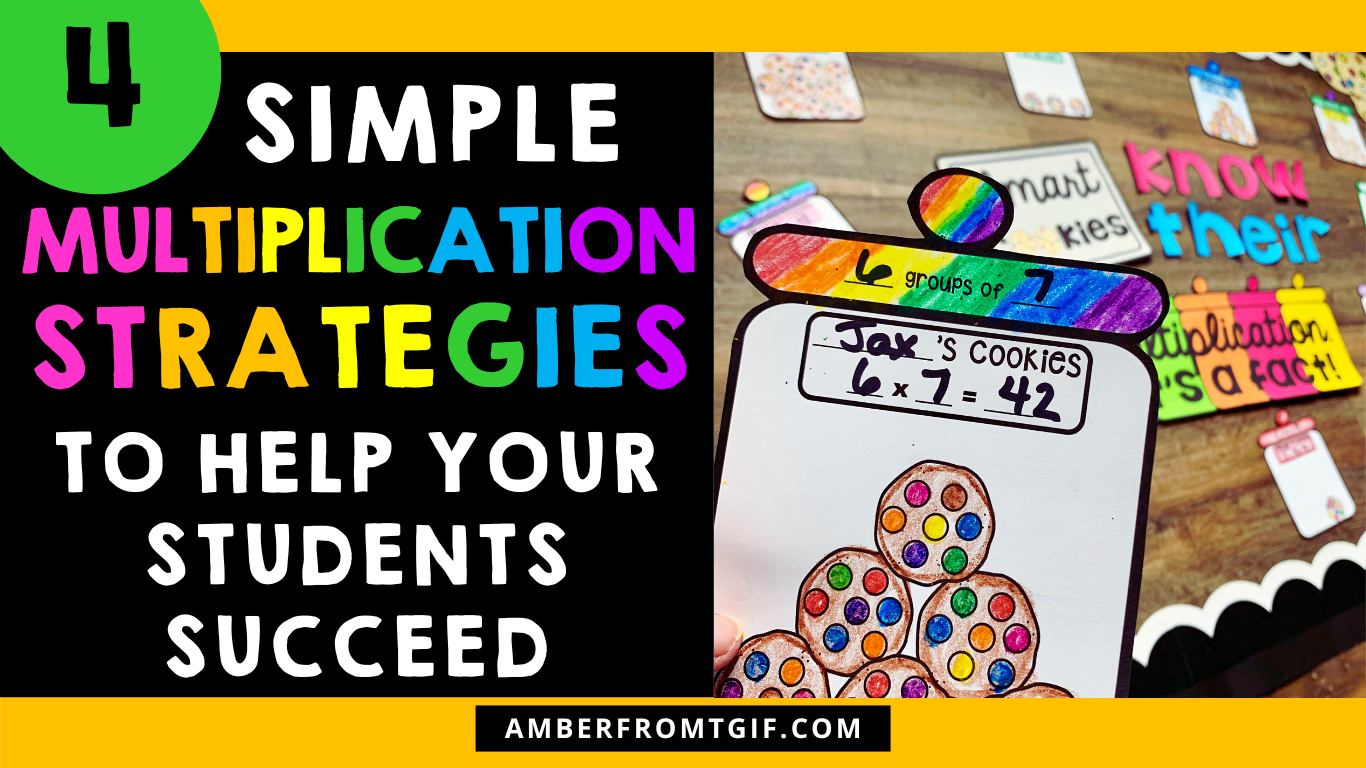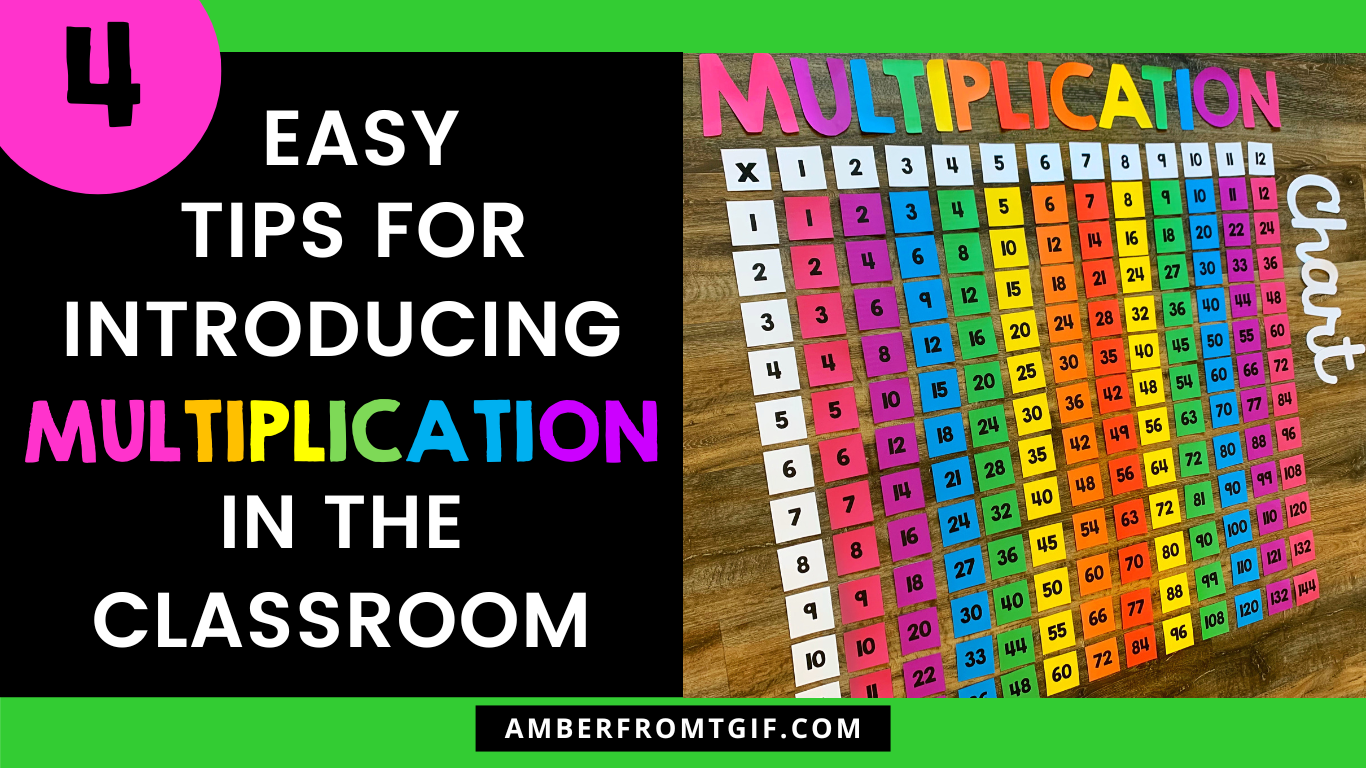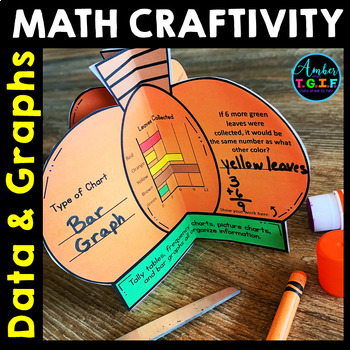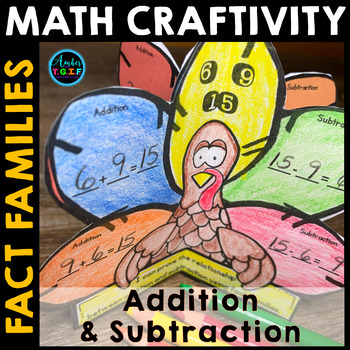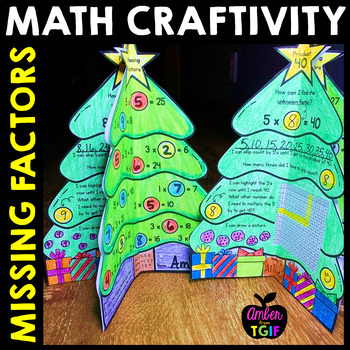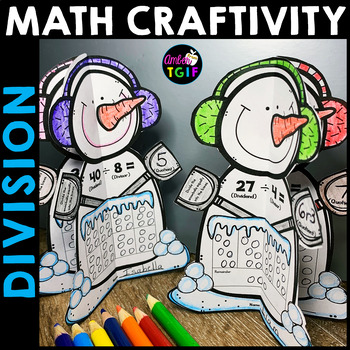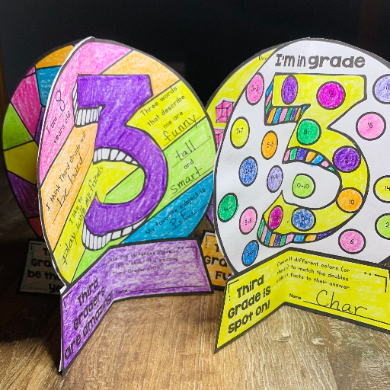Teaching multiplication to struggling students can feel like climbing a mountain, but with the right strategies, it will be a rewarding journey. At the end of the school year, you will look back and know the effort was worth it! Here are some practical tips and tricks that can make teaching multiplication to struggling students a bit more manageable for those kiddos who need extra support.

Tips for Teaching Multiplication to Struggling Students
Reinforce with Repetition and Consistency
Consistency is key when teaching multiplication to struggling students. Don’t be afraid to stick with one of the following tips for 1-2 weeks. We would rather the students grasp a few concepts. It doesn’t do any good to cram a bunch of concepts and they don’t retain any of it. Incorporate multiplication practice into your daily routine. Short, frequent practice sessions are more effective than long, infrequent ones. Use games, flashcards, or apps to make practice more engaging and less monotonous.
Start with the Basics: Repeated Addition
For students who find multiplication intimidating, starting with repeated addition can be a game-changer. Show them that multiplication is just a quicker way to add the same number over and over. For example, instead of thinking of 4 x 3 as some mysterious equation, break it down into 4 + 4 + 4. This simple approach will help you teach multiplication to struggling students and makes the concept less scary and more familiar.
Use Visual Aids: Multiplication Arrays and Charts
Visual aids are lifesavers for teaching multiplication to struggling students. Multiplication arrays, where you use rows and columns of objects, help students see the relationship between numbers. For instance, drawing an array with 3 rows of 4 dots each can make the abstract concept of 3 x 4 much more concrete. Make it fun by using smelly markers or bingo daubers or build a multiplication array city!
Multiplication charts are another great tool when teaching multiplication to struggling students. They provide a handy reference that students can use to check their work and see patterns. Hang a large multiplication chart in your classroom and encourage students to use it. Over time, they’ll start to memorize facts without even realizing it.
Incorporate Hands-On Activities
Kids learn best when they’re actively involved in the process. Use hands-on activities to teach multiplication to struggling students. Manipulatives like counters, blocks, or beads can help students visualize multiplication problems. Have them group items into sets and count the total number to find the product. This tactile approach makes learning more engaging and helps concepts stick.

Practice Skip Counting with Songs and Rhymes
Skip counting is a fun and effective way to build a foundation for multiplication. Use songs and rhymes to make skip counting practice enjoyable. For example, songs that count by 2s, 5s, or 10s can make repetition feel more like a game than a chore. Before long, your students will be skip counting their way to multiplication success.
Try the “Disappearing Skip Counting Method” below from my video or try out some hand-on cut and paste skip counting activities like in the picture below.
Break Down the Facts into Manageable Chunks
Don’t overwhelm struggling students with too many multiplication facts at once. Break them down into smaller, more manageable chunks. Start with the easier facts like 2s and 5s, then gradually introduce more challenging ones.
Don’t forget to circle back and repeat, repeat, repeat! I always say it is better for them to know half of their multiplication facts than for them to not know any of them. So slow and steady wins the race! Celebrate small victories along the way to keep motivation high.

Provide Plenty of Encouragement and Support
Finally, be patient and positive. Struggling students need lots of encouragement and support. Play games to practice multiplication! One of my favorite games to play is multiplication war! If you don’t know how, watch the video!
Celebrate their progress, no matter how small, and remind them that it’s okay to make mistakes. With time and persistence, they’ll get there.By using these strategies, you can help make multiplication less daunting and more accessible for every student in your classroom.
You’ve Got This!

Discover More Teaching Tips in these Blog Posts
Tips on Teaching Rounding to the Nearest 10 and 100
Making Math Meaningful and Engaging with Crafts
Tips for Teaching the Distributive Property of Multiplication

